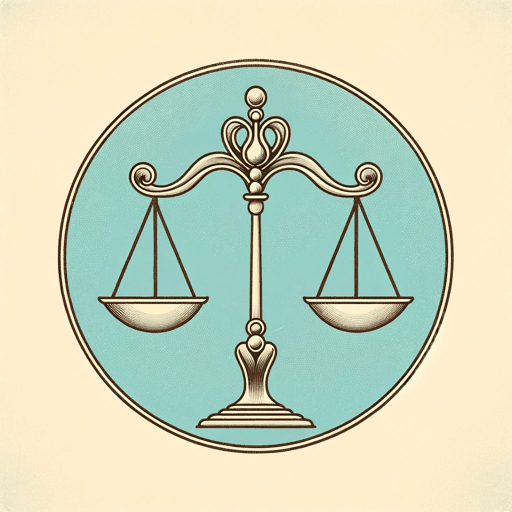57 pages • 1 hour read
Immanuel KantCritique of Pure Reason
Nonfiction | Book | Adult | Published in 1781A modern alternative to SparkNotes and CliffsNotes, SuperSummary offers high-quality Study Guides with detailed chapter summaries and analysis of major themes, characters, and more.
Summary
Prefaces and Introduction
Part I: “Transcendental Aesthetic”
Part II: “Transcendental Logic,” Book I, Chapter I
Part II: “Transcendental Logic,” Book I, Chapter II
Part II: “Transcendental Logic,” Book II, Chapters I-II
Part II: “Transcendental Logic,” Book II, Chapter III
Part II: “Transcendental Logic,” Division II, Books I-II, Chapter I
Part II: “Transcendental Logic,” Division II, Book II, Chapter II
Part II: “Transcendental Logic,” Division II, Book II, Chapter III
Transcendental Doctrine of the Method
Key Figures
Themes
Index of Terms
Important Quotes
Essay Topics
Further Reading & Resources
Part II: “Transcendental Logic,” Division II, Books I-II, Chapter IChapter Summaries & Analyses
Transcendental Doctrine of Elements
Part II: Transcendental Logic, Division II: Transcendental Dialectic, Introduction - Book I Summary
The “Transcendental Dialectic” deals primarily with the illusions of reason. Illusions and appearances are not the same for Kant. Kant creates a distinction between immanent and transcendent principles. Immanent principles stay within the limits of possible experience; transcendent principles do not. Kant writes that “the transcendental dialectic will settle for uncovering the illusion of transcendent judgments and for simultaneously keeping it from deceiving us” (350). That said, these illusions will never completely evaporate because they are endemic to reason itself.
Reason is the power of the mind to make inferences. It is the highest of the faculties of the mind. The process of cognition proceeds from intuition to understanding to reason. Whereas understanding unites the appearance of experience through the application of rules, reason unites the rules of the understanding through fundamental principles. Reason has no direct connection to intuitions of the mind but only mediately through understanding. Reason attempts to bring order and unification to experience through the fewest number of principles possible.
The basic work of reason is to find “the unconditioned” that underlies the conditioned cognitions of understanding. Since the unconditioned is nowhere to be found in experience (but is necessary to bring reason to the conditioned) this is a transcendent principle—and so are any that follow from it.
Related Titles
By Immanuel Kant




